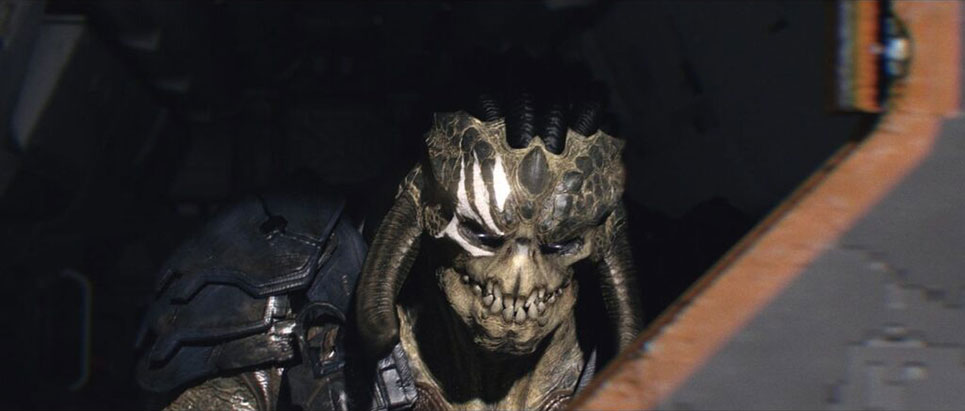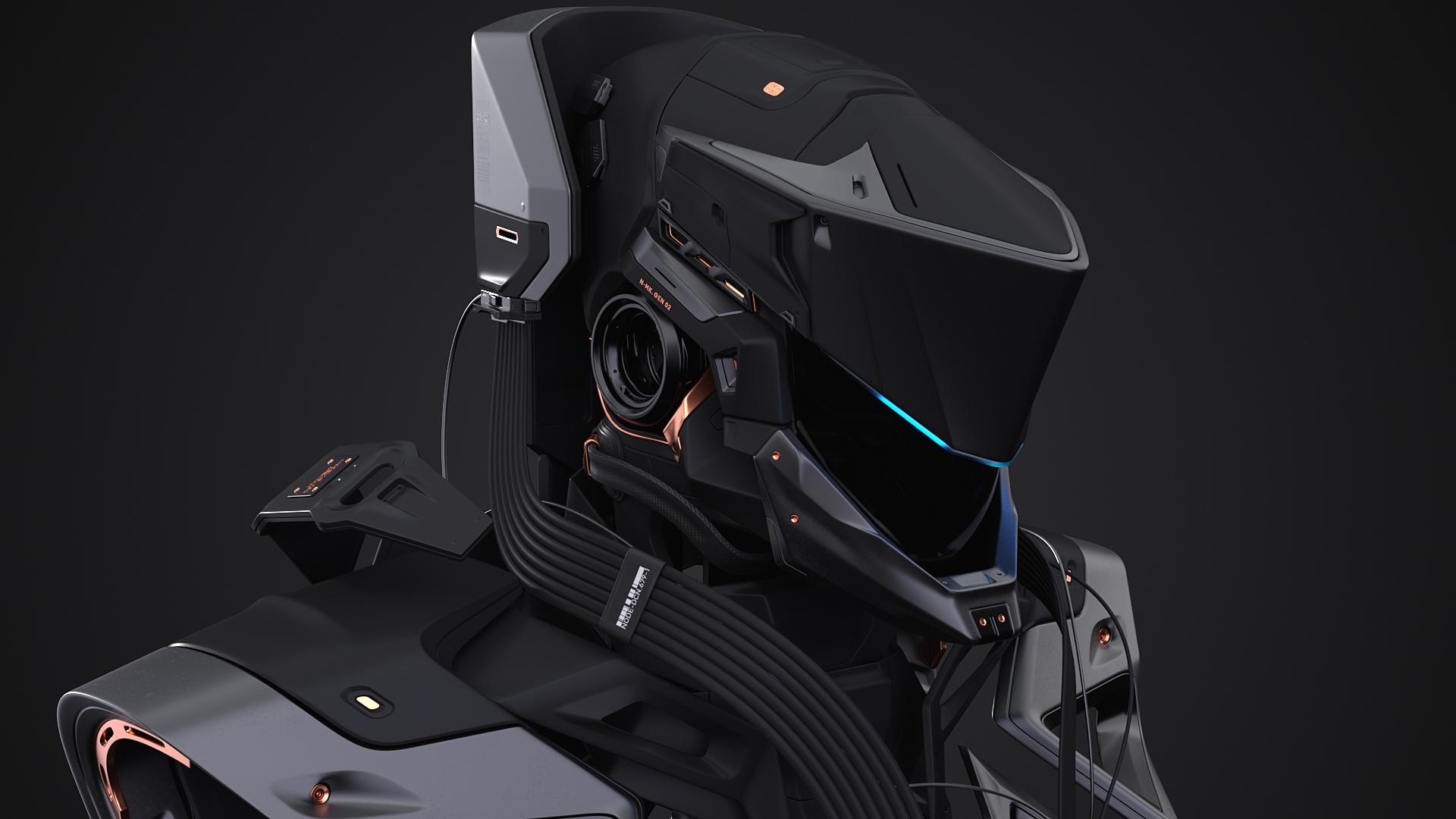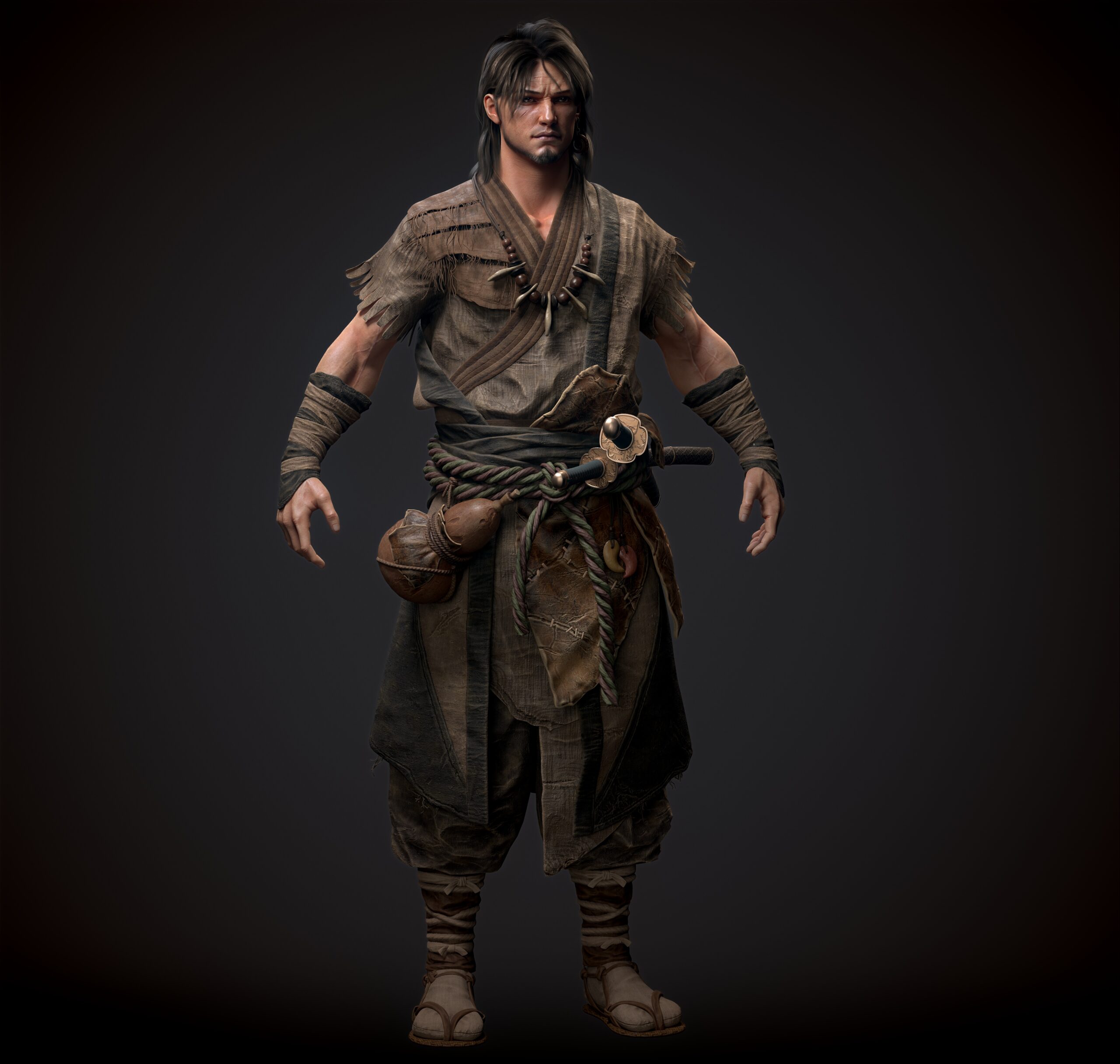Han Yang’s Experience on CG Industry——Exclusive Interview from Wingfox
Editor: Sian
1. It’s a great pleasure to have the opportunity to make an interview with you. Some of the students might not be very familiar with you. Could you please tell us about your work and your job title?
Hi! I used to worked us a layout key artist at MPC in Vancouver. I was responsible for camera in movies, timing in animation, and different kinds of environmental design. I joined a new game company named IGG Canada recently, working as CG generalist. I am now mainly responsible for camera, animation, pipeline set up and improvement. I think it’s a great opportunity for me to challenge other production procedures outside of my comfort zone.
2. Our attention was captured by your short film The Lander in the first place. Your work is really amazing. Could you please tell us what inspired you to make the short film?
Thank you so much for liking The Lander. Although I am responsible for animation and shots layout for the most of time in my work, I’ve been trying to make production of entire process in my personal work. To know the knowledge of other procedures helps me to get to know the entire work flow. I made a several short films before The Lander. I was planing to make a full CG animation, thinking it would enrich my portfolio and push me jump out of my comfort zone. I don’t want to limit myself as an animator or other specific position. I hope that I could control the overall picture and creation in the future.

3. What was the biggest challenge you encountered when making The Lander? Is there anything you can share with us?
I think the biggest challenge at first was that I set my sights too high. There are 40 shots in The Lander. Actually I planned far more shots at the beginning, but kept deleting and giving them up during the production process. I would like it to be a complete work rather a perfect semi-finished. Therefore, to wisely make choices, knowing when to let it go is important I think. For personal artwork, it’s impossible to perfect every detail of every single shot. It’s more important to deliver some highlight to the audience, so they may forgive those imperfection.
The second challenge was to estimate the entire workflow. I need to how many resources and how much time the model costs when I began modeling, what influences of the moving speed of the character have on FX smoke when I adjust animation. There are also consideration like direction of lighting, how to leave space for the shot without interfering the composition. These kinds of problems would be handled by directors in companies. Therefore, if you guys want to become a director or make a film yourself, I suggest making some personal works in your spare time as you are going to make every decision yourself along the way. No one would plan for you no matter in creative or technical perspective. It’s beneficial for developing the eyesight of artists and overall control for the whole process.
Last I think is the software. I always believe there’s no software that can not be mastered. It’s just about practice. Function of the software could be found on official website for the most of time. The most important is to exactly know what function you need, so that you could realize it and find out the exact software in the fastest way.
Aesthetic, color, lighting, atmosphere are also need to pay attention to. They are more related to traditional art, which is what I am learning. So I will not display my incompetence in the presence of experts. I think it would be helpful to look artworks of concept artists, from whom we could learn their composition, visual expression and color match.
4. There is a huge difference between making artworks and tutorials. How do you feel the difference when making The Lander?
To tell you the truth, it’s my first time making a tutorial. I would like to express my great thankfulness to Yiihuu for giving me this opportunity. Sometime I made mistake when making my artworks, but I’m ok with it as long as the final is good. When it comes to making a tutorial, I must be responsible for the students. I need to make sure I am not outputting wrong idea. I need to check if there is any mistakes in the workflow. Actually I remade several cases in the tutorial and corrected many stupid mistake I made in the first round.
I think creating a tutorial is a process of self-improvement. Knowing a concept yourself doesn’t mean that you could explain it well to others. Sometimes it is found that to explain a knowledge point clearly, several other knowledge points are needed to supplement it. Therefore, preparation of knowledge is important for designing the whole direction of a tutorial.

5. We learn that you are capable of many skills, and your job title changes along the way. From your experience, what skills are needed to improved for students want to enter this industry and what knowledge should they know?
I’ve also experienced my period of confusion when I was a student. So I can totally understand how hard it is to make decision before entering the industry. In all, I would suggest students to set their goals as early as possible. Is it to specialize in particular section or to train yourself to be a generalist? I learned from my experience that, the simplest way is to try every section as earlier as possible,which is helpful for finding the direction you want to focus on. Job in VFX industry is combination with arts and techniques, which requires abundant related knowledge. But human energy is not infinite after all. It’s impossible to specialize in every part and keep every part updating. For you guys who want to enter big companies, what the companies need is specialist on particular part. If you do want to become a generalist, then I think you need to push yourself to create more completed artworks. Like I mentioned earlier, making personal artworks is the the quickest way to achieve improvement.
Besides, I don’t suggest you guys attaching to muck attention on particular software. Software are just tools after all. It is our eye for beauty, ability of control of picture, styling, color matching that is the most important. Sense of shot take time to develop.
Enough views on artworks from other artists are also important. Impression would leave on your mind when see enough works. Therefore, when run into similar task,it would be more easier for you to find works for reference. When it comes to specific operation, I would recommend beginner to imitate works from masters, from whom you will learn their techniques and tricks. You will form your own style when you have enough accumulation.
6. Is there any project you found interesting or challenging in your years of working experience?
Experience on each project is different. What impressed me the most was the project Star Trek: Discovery. There were large quantities of challenging camera animation. Sometimes the camera needs to fly through the solar system and back to the face of actors on Paris street in one take. The scene was too big that lights can’t be tracked when rendering. My sense of shots and cinematography really got improved in the project. My supervisor then was the former MPC Layout director. I really learned a lot from him and got many job opportunities as well. Aquaman was also an interesting project. It was only required to add the hair to water at the very beginning. Later the whole body is required to change to CG for there should be interaction between seawater and clothes. In the end only half of the face was real shot. Therefore, preparation and estimation is truly important before making a project.

7.Is there any artist who has been inspiring you along the way?
Yes, sure. When I was a beginner, I liked Markek Denko, whose works are realistic scene rendering. You can still find my copy works on my website. His rendering on lights and atmosphere really influenced my style a lot. Later I tried other style in addition to realist style. I followed concept artists like Jama Jurabaev, Steven Cormann on Artstation. I began to learn their techniques like rendering shot with 2D and 3D techniques.
8. How do you achieve self-enhancement after work? Could you share with the students?
First is enough reading on works of different styles and study of different perspectives, so that you can enrich the database on your mind. And you need to constantly create your personal artworks. It is a good way to assimilate more knowledge by creating complete artworks without instructions. Updates on latest industry information like software, artworks of famous artists are also important because both the VFX industry and software iteration are changing in a lightening speed. You don’t have to master a new software, but general ideas, so that you could precisely track the part you need when start learning. Browsing websites that offer resources like Yiihuu where we got to see workflow of different artists is helpful. Establishing collaboration with other artists is also a way to achieve self enhancement. I often contact artists and modelers on Artstation, asking them if they are interested in turning their models into animated short films or shorts. It will be a good opportunity for both of us to enrich our portfolio. Therefore I think learning English is quite important. More communication with artists across the world means more possibilities.
9.There is another topic that students care about. How could they get the opportunity to work abroad? We know that job opportunity is closely related to portfolio. What suggestions can you give the students when making their portfolios?
Portfolio is of much importance. It’s the quality of demoreel that matters rather than quantity. 30 second of your best works is better than 3 minutes of practice works. Directors with decades of experience in the industry would check your portfolio during interview. They would know your level by looking at one or two of your shots. Therefore, the most impressive shot must be put on the first place. If there is a film project, mark the part you are responsible for. If you are student who are of less practical experience, focus on making one or two high-quality shots. Even practice work would do, but make sure there are of your highest level, and make some simple break down if allowed.
I’ve watched some demoreel that are fragmented and incoherent for showing off editing techniques. I would recommend try to restrain editing and music, but focus on frame, annotation and orientation of content. When making specific demo for different companies or positions, it’s necessary to know the style of works of the company and description of the position, to make research on types of self-made demo of the company, so that you could pick the most suitable one from your works. It must be remembered that showing a not-filtered demoreel is necessary, for it is a opportunity to show you are capable of identifying the quality of works.
Post a Comment
要发表评论,您必须先登录。












Pingback: An Important Role in the Game Art Industry: Technical Artist - Wingfox
2022-01-20